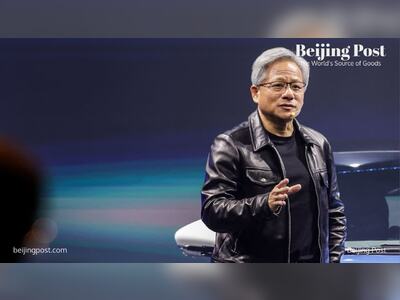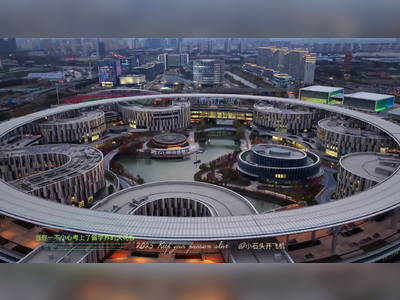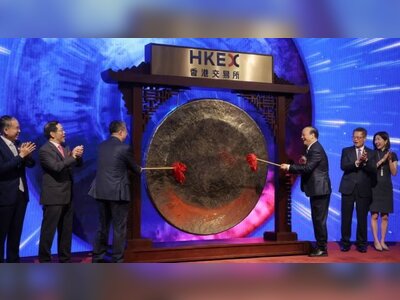Soaring Usage of Doubao Underscores ByteDance’s AI Ambitions
Chinese tech giant ByteDance’s AI app Doubao has just registered a monumental surge in usage, underscoring how generative tools are rapidly entering everyday life in China. According to data released by ByteDance’s cloud and AI arm, Volcano Engine, the app’s large model now logs over 1.64 trillion tokens per day — a growth of 137-fold since its initial release in May last year.
Market intelligence firms confirm that Doubao now commands nearly half of China’s public cloud large model usage, with Volcano Engine capturing a 46.4 percent share of large model inference calls. Meanwhile, in August, Doubao maintained its hold as China’s top AI app, drawing 157 million monthly active users, a 6.6 percent increase month over month — while rival DeepSeek saw its user base shrink to 143 million.
The figures reflect ByteDance’s broader strategy: the group has pledged more than 150 billion yuan (over twenty billion US dollars) in capital expenditures in 2025, with much of that directed toward AI infrastructure such as data centers, networking, and computing power overseas. These investments are meant to anchor ByteDance as a leading force in China’s push for AI sovereignty.
Doubao itself has evolved into a multifunctional ecosystem. It now offers a suite of models — general and scenario-based — handling speech synthesis, image and video generation, and real-time dialogue capabilities. In parallel, ByteDance has rolled out “Cici,” a regionally available sibling chatbot for markets outside China.
Analysts see Doubao’s explosive growth as proof that AI adoption is not just about model performance — but about enabling seamless, mass-market utility. ByteDance’s experience building social and content platforms gives it a key advantage: the ability to integrate AI services into everyday user touchpoints.
As Doubao’s usage explodes and infrastructure scales to match, ByteDance’s ambitions are becoming clearer: it is working toward a full-stack AI presence — from models and platforms to devices and ecosystems. Whether it can maintain that momentum in the face of domestic regulation and global competition remains one of 2025’s defining tech stories.











